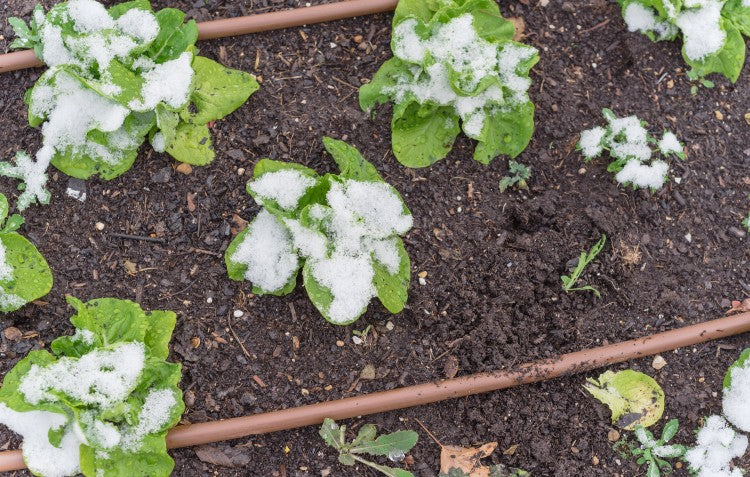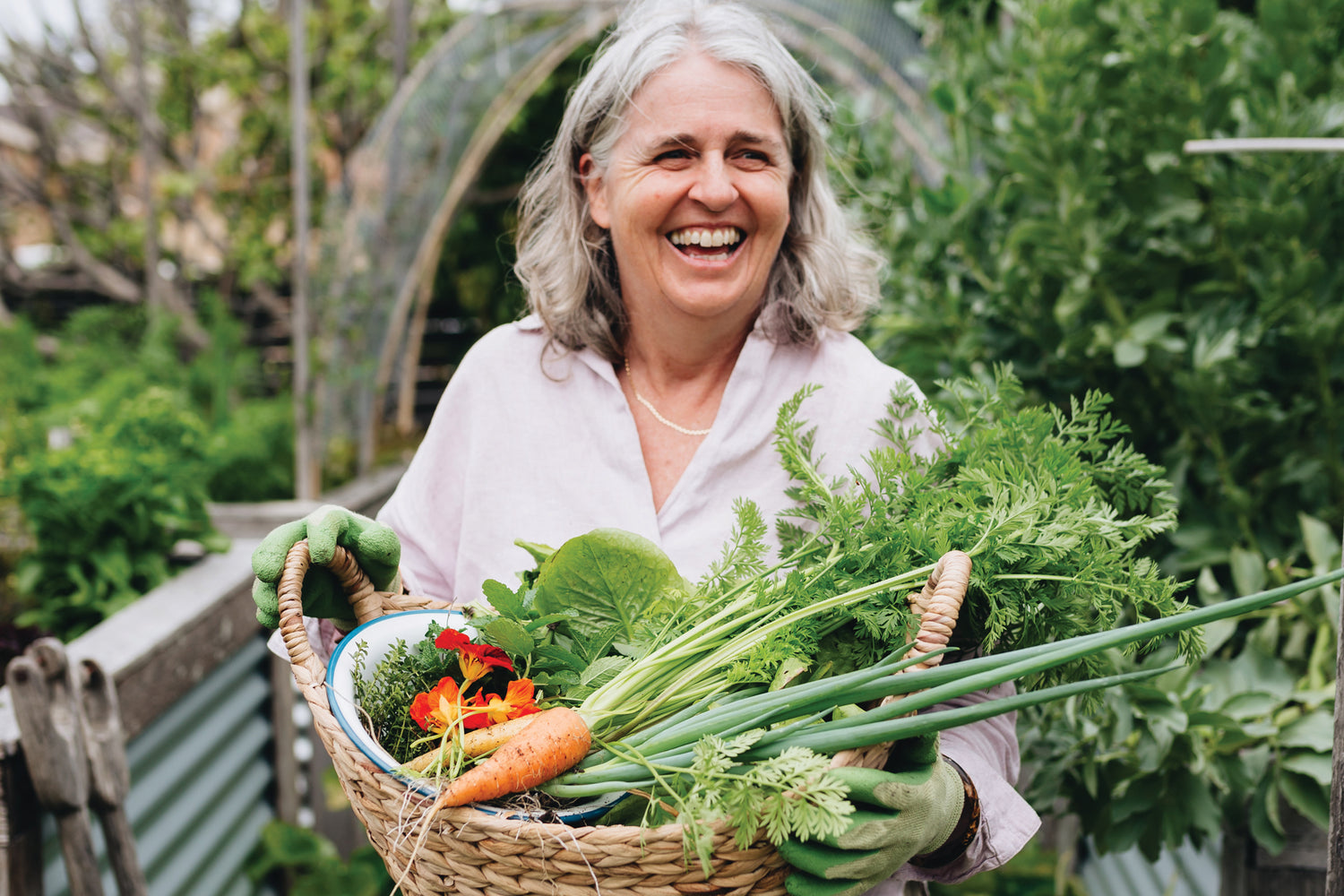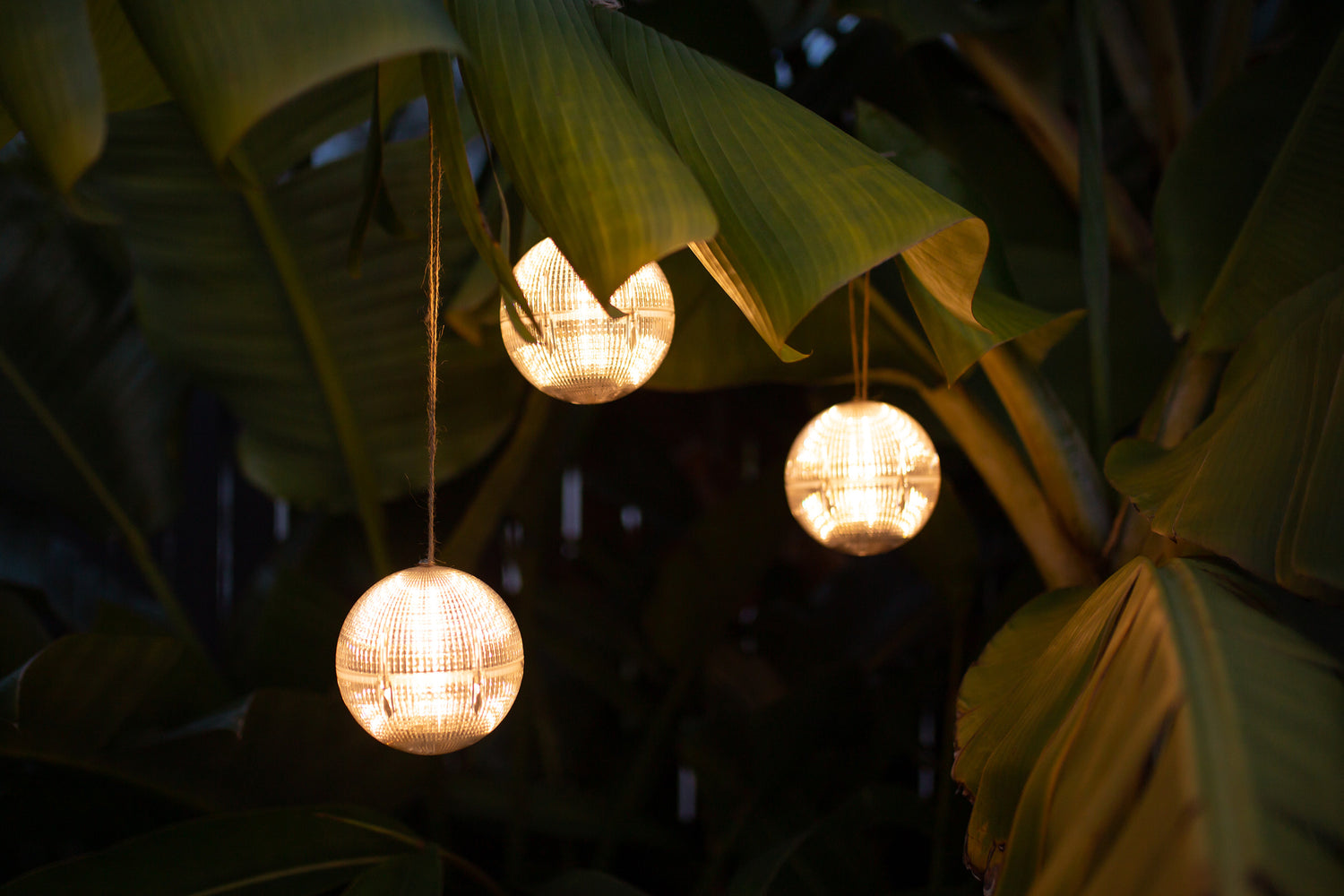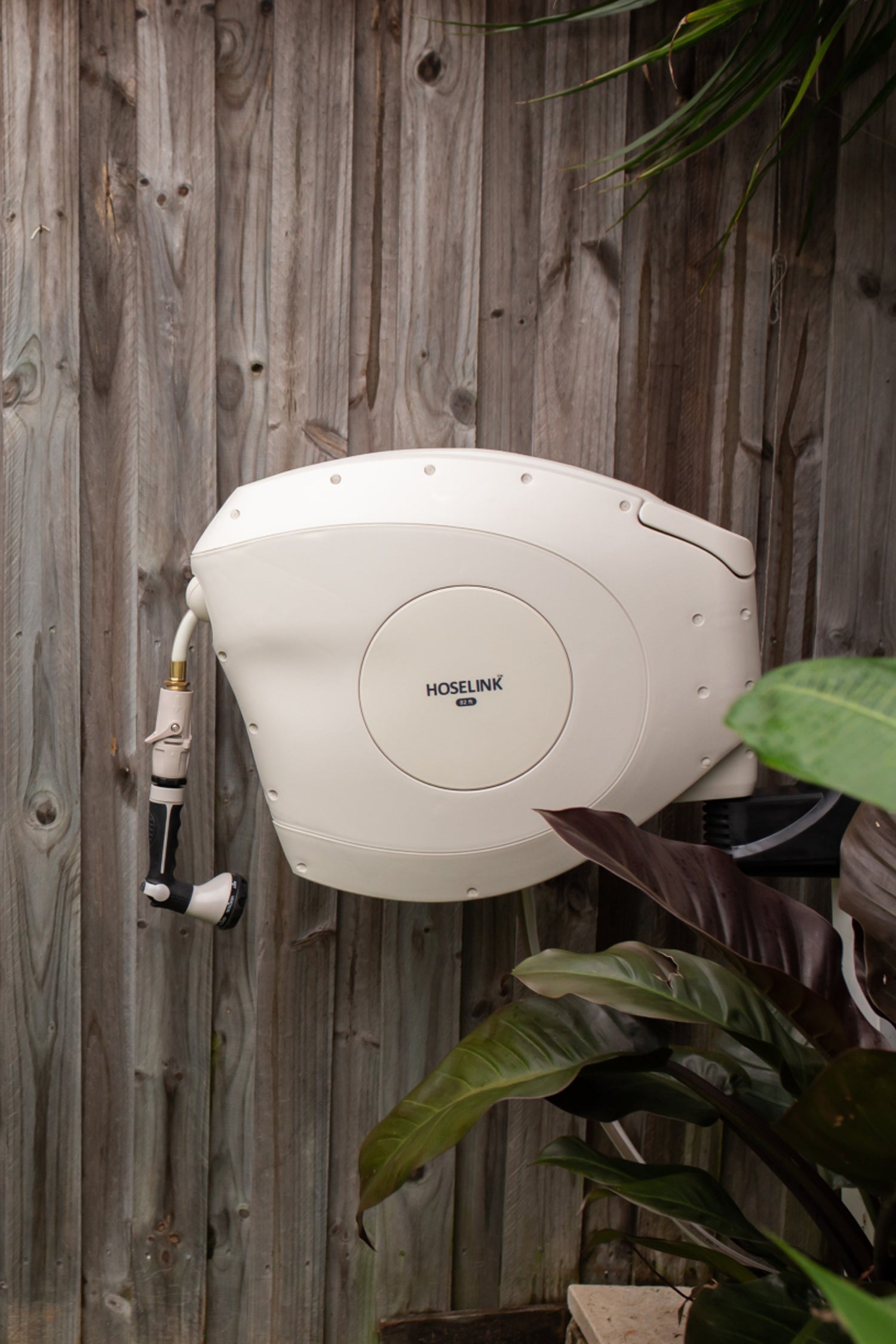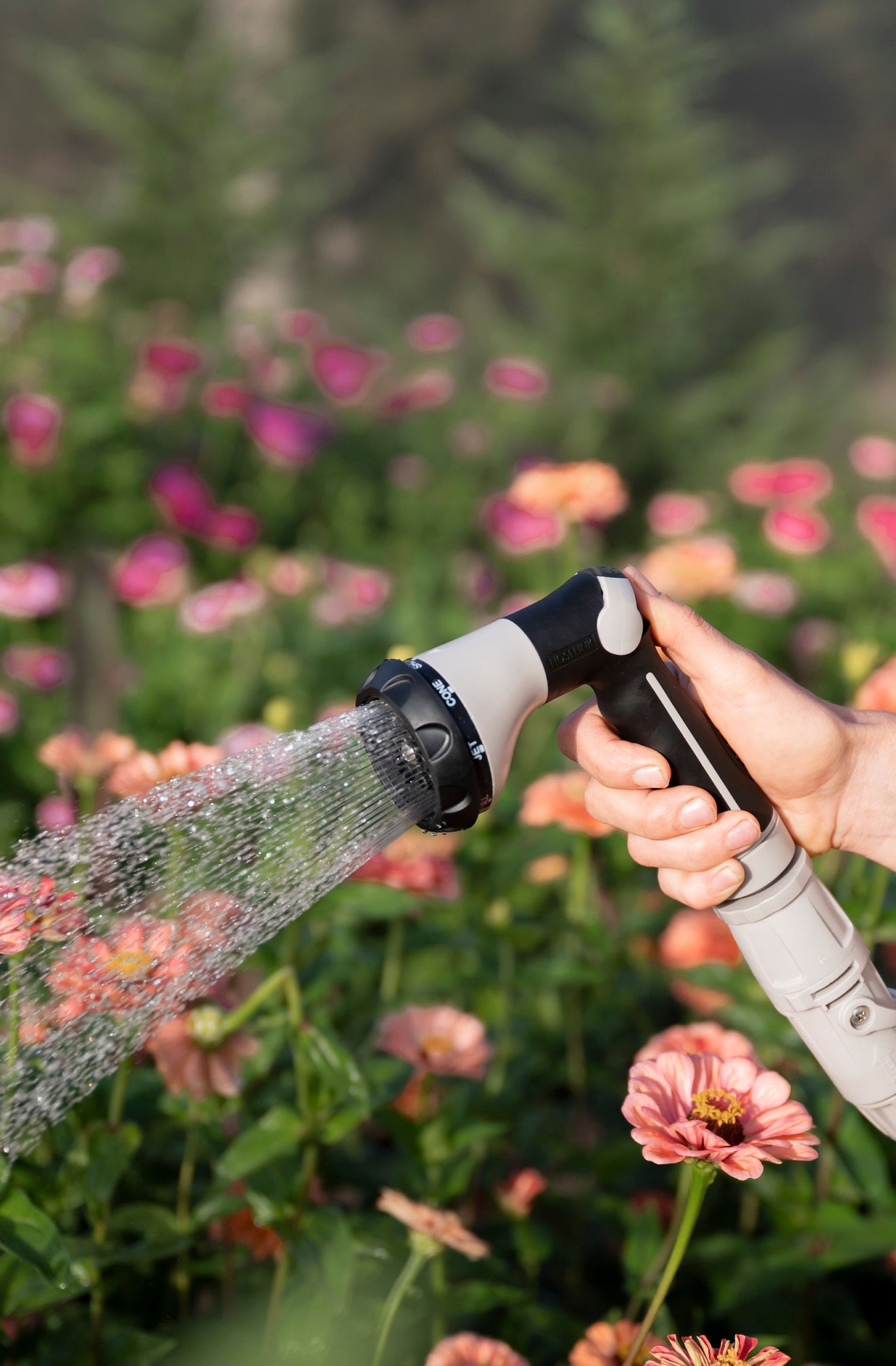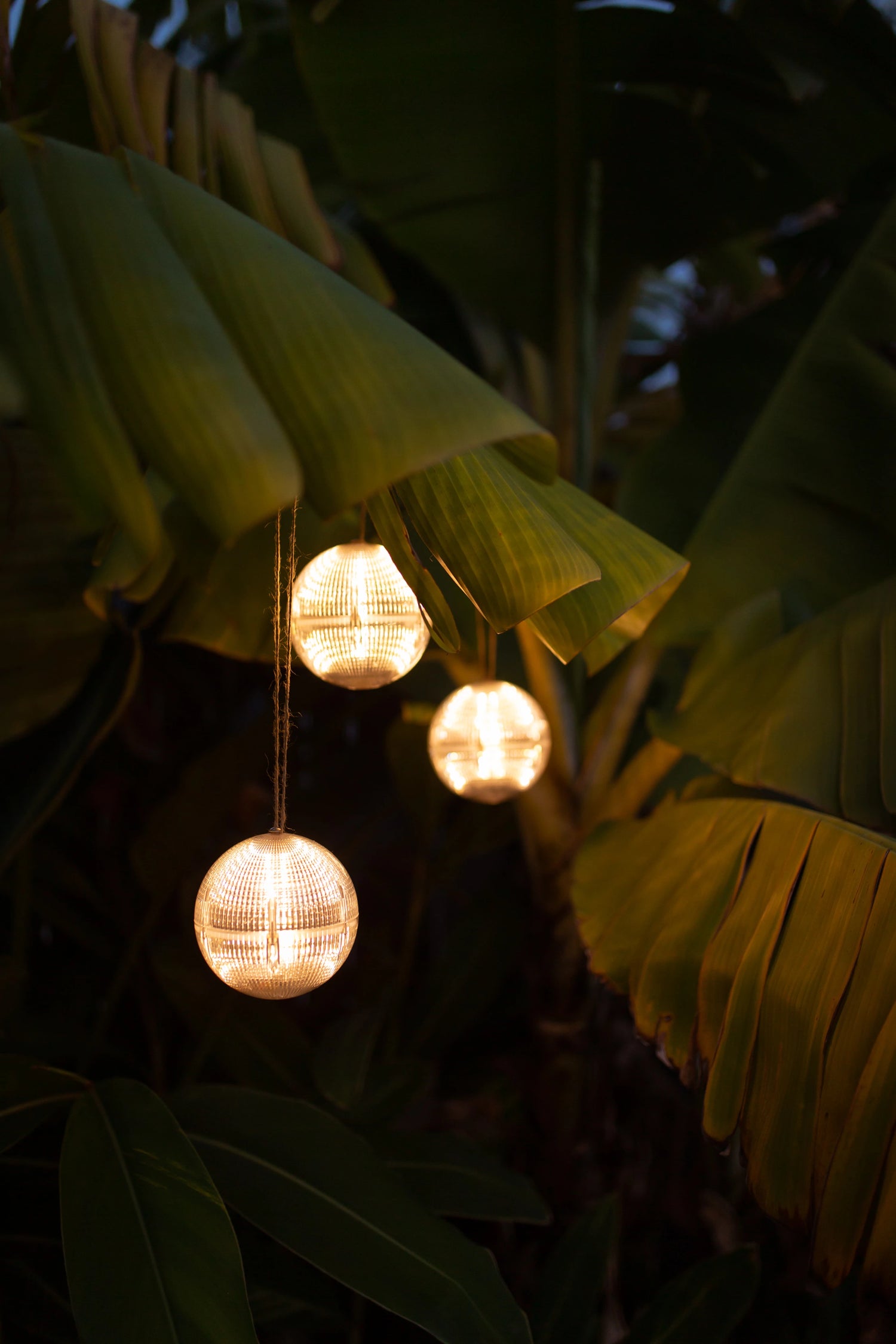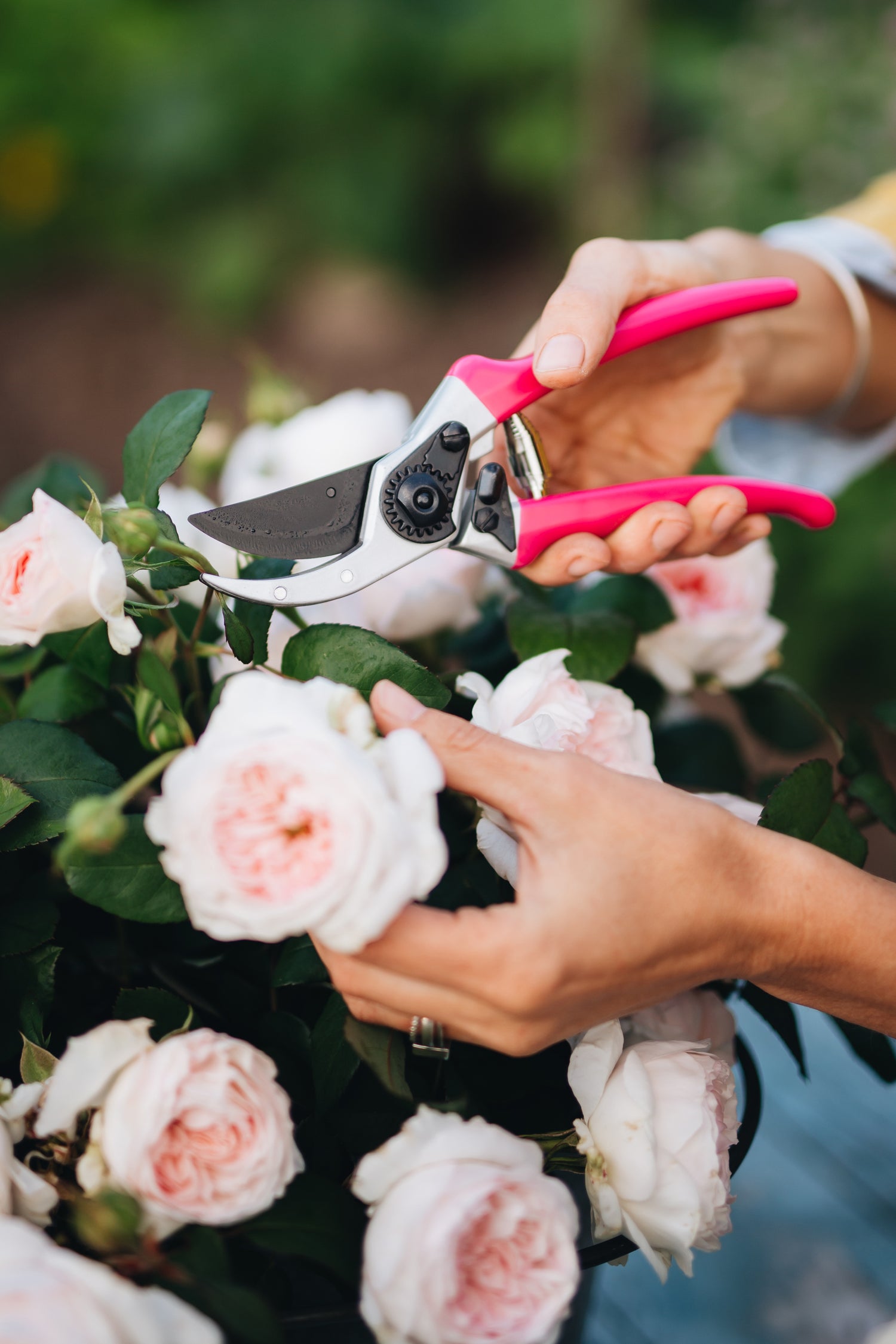Onions
Onions are a must-have staple for many dishes, whether it be breakfast, lunch, or dinner. Growing your own onions is an excellent way to keep costs down and have a bountiful supply whenever you may need them. When it comes to planting and germinating onions, the temperature will play a role. If the temperatures are warmer, your onion seeds will germinate faster. But that isn't to say they aren't still a great candidate for colder climates. Plant outdoors in spring, about an inch deep into the soil, allowing approximately half an inch between seedlings. Onions like cold temperatures, especially in the earlier part of their growth. They are straightforward to grow, so it is the perfect time to try growing a vegetable if you're a beginner!

Beets
Beetroot is another versatile vegetable to have in your crops for the cooler months. They can be used in several meals like salads or side dishes or eaten roasted with other vegetables. They can even be used in desserts! Their color is vibrant, the flavor is off the charts, and they are super healthy. According to Nourish by WebMD, beets are excellent for reducing inflammation and increasing blood flow. Start by growing beets outdoors and note they can tolerate transportation if required. They are, of course, cool-weather tolerant, so starting them off outside is ideal. Sow half an inch deep and 1-2 inches apart, then cover with a thin layer of soil. Mulch and water regularly, and you should be able to harvest roughly two months after planting.

Potatoes
Did you know that potatoes are grown in nearly every state in the USA? They are a known staple in every home and almost any dish, for that matter! Potatoes love cool weather, hence why they are on this list, so aim to plant any time after your last frost in spring. If you live in the south, you can grow potatoes from September through February; otherwise, you will want to wait until your soil's temperature is roughly 50 degrees Fahrenheit. Space your potatoes approximately three feet apart in rows dug about 8ft deep. Keep the soil well-drained and cool with plenty of organic matter.

Kale
Some people may be on the fence about kale, but once you learn how versatile it can be – you're hooked! The possibilities are almost endless, with several uses like kale chips, breakfast muffins, soups, hash, and salads. The temperature plays a huge factor in how kale tastes; if kale grows and matures in cooler climates, the leaves will taste better. Plant your seeds three to five weeks before the last spring frost; however, there are several different times kale can be grown depending on when you want to harvest. Just keep in mind kale won't grow in heat! Sow half an inch deep and 6-8 inches apart. Keep your kale in full sun and water well for best results.

Spinach
Spinach is full of health benefits. According to Nourish by WebMD, spinach can hydrate you, prevent osteoporosis and even curb your appetite. If you have limited space, you can plant spinach indoors, but you will need to keep it inside from then on, as spinach seedlings do not transfer well. When planting, sprinkle roughly 12 seeds per row and sow a half to one inch deep. Water spinach seedlings well in spring and continue to keep moist with mulch. Be wary that spinach is more prone to the elements when it is new and fresh, but it can still tolerate the cold to an extent. If extreme cold is predicted, cover your spinach up overnight. Enjoy your fresh spinach with savory meals like salad and stir-fries, or add it to a smoothie for a healthy twist.

Turnips
Turnips are the perfect beginner gardener vegetable! They may not have sprung to mind instantly when growing vegetables, but they are great to use when you need a warm home-cooked meal, especially something hearty like a soup or stew. You can sow turnip seeds in early fall for a late fall harvest. Simply sow a half to a quarter-inch deep in the soil, roughly one inch apart. Ensure your seeds are set out in rows approximately 18 inches apart. Water your turnips consistently until the soil is lightly moist, not soaked. Handy tip: harvest after one or two frosts if you like your turnips on the sweeter side!

Cauliflower
For the more experienced gardener or anyone who wants to challenge themselves, cauliflower is an excellent cool-weather crop to experiment with. Cauliflower can be used to make rice, pizza dough, or used as an ingredient in many dishes. It has a strong resemblance to broccoli in appearance but with a sweeter, slightly earthier flavor. Unlike other cool-weather crops, cauliflower requires two full seasons to complete its 'cycle', which is quite a long time to wait! Patience certainly will be a virtue when it comes to growing this crop. You will want to plant cauliflower roughly four to five weeks before the last frost is due. Experts recommend planting in biodegradable pots to make it easier to transfer your cauliflower seedlings later on. Ensure you sow seeds half an inch deep in the soil and keep them moist. Mulch can be beneficial in moisture retention. Take your time and experiment; remember, there are no mistakes, only lessons!

Marigold
Marigolds are a great cool-weather crop to add a punch of color and flavor to your garden! That's right; you can eat their flowers, which are mildly citrusy and a little spicy. As the name suggests, marigolds bloom in beautiful shades of gold, orange and yellow, making them an eye-catching feature in any garden bed. After the last frost has passed, plant your marigold seeds directly into the garden soil. They will sprout as soon as the weather warms up and bloom about eight weeks later. For a more tolerant marigold, try the French variety; they are far less fussy on conditions!

Pansies
Another cool-weather bloom that everybody loves; pansies! Plant in early spring or fall. Growing pansies from seedlings can be significantly more challenging, so you may want to start with an established pansy. Depending on how harsh the weather is, you may choose between planting indoors or outdoors, but don't forget, pansies can handle frost. Plant in part or full sun, and don't worry about the temperature; pansies love cool weather. Water them regularly and fertilize if they look a little sad, and you will soon enjoy their vibrant blooms!

Snowdrops
This late winter flower is a stunning choice when it comes to cool-weather crops. Keep them cool in the summer by planting in the shade, and don't forget to ensure the soil is loose. Unfortunately, if you live in Florida or South Carolina, you will have to pass on these beauties as they love the cold. However, if you are lucky enough to have snowdrops, they make excellent cut flowers and are the perfect plant for lining a path or bare patch in your backyard.

There you have it, our top 10 cool-weather crops! Now enjoy the fall weather and look forward to reaping the benefits of your bountiful garden.

